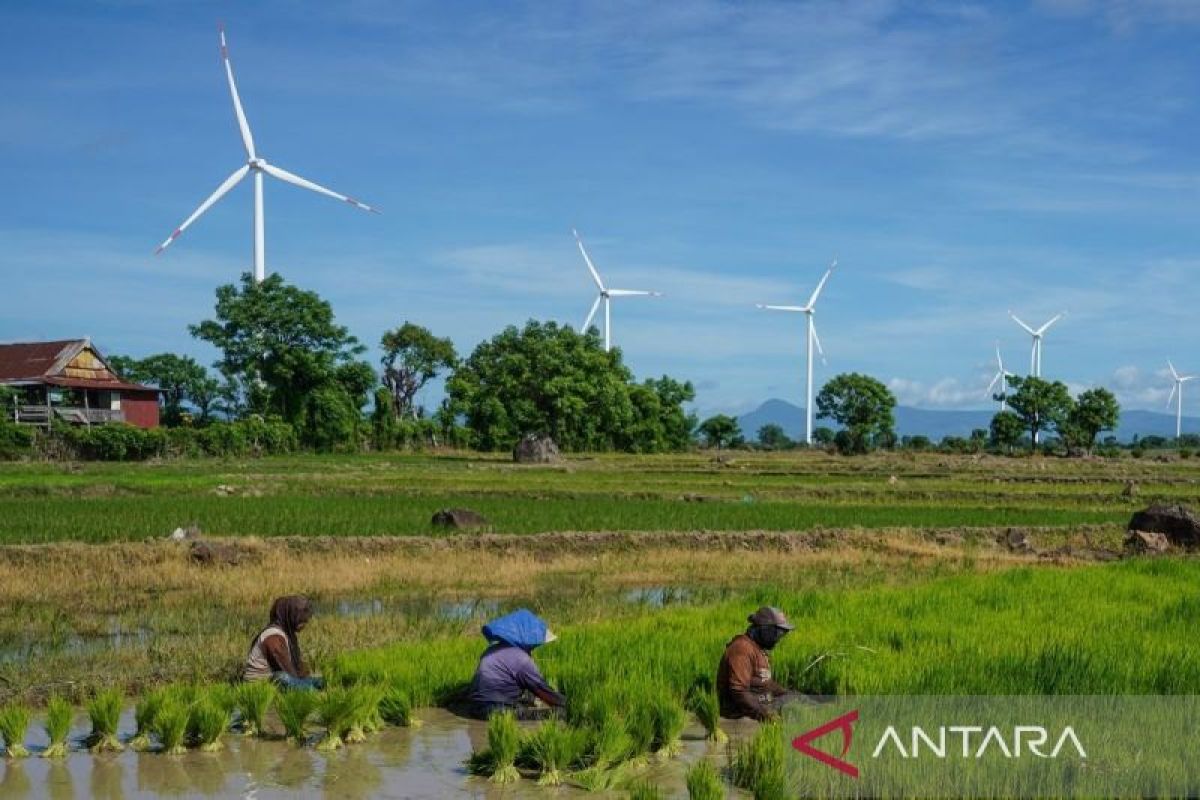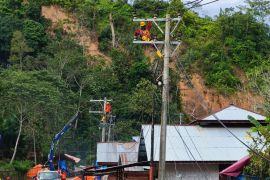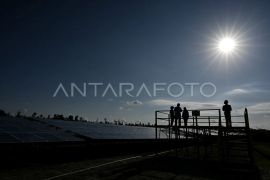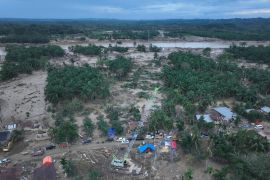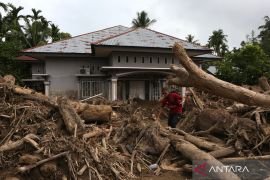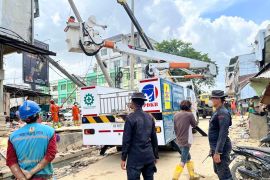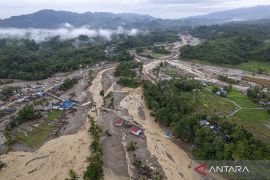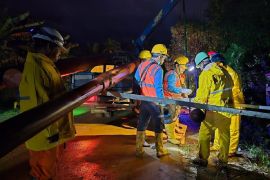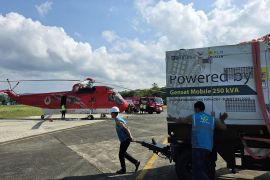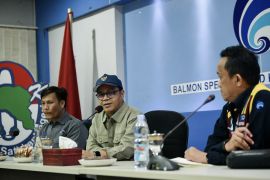Entitled “Islands Based on 100% Renewable Energy and Flexibility in the Electric Power System,” the study estimates that US$5.21 billion (around Rp85 trillion) in investment will be needed by 2050 to support the plan for full renewable energy supply in Timor and Sumbawa.
IESR Executive Director Fabby Tumiwa emphasized the importance of system flexibility in Sulawesi to accommodate variable renewables alongside industrial growth.
He noted that Sumbawa could serve as a global model for island nations striving for energy independence and climate resilience.
On Timor Island, Tumiwa said that solar, wind, and biomass could competitively replace fossil fuel power plants, as outlined in the government’s latest electricity supply plan (RUPTL).
IESR analyst Abraham Halim highlighted Sulawesi’s estimated 63 GW of economically viable renewable energy potential, which is dominated by solar and wind. IESR projections show variable renewable energy in Sulawesi, rising from 2.4 percent in 2024 to 29 percent by 2060.
According to IESR electricity analyst Alvin P. Sisdwinugraha, local government ambition is key. West Nusa Tenggara (NTB) is targeting net-zero emissions by 2050, while East Nusa Tenggara (NTT) is aiming for a 47 percent renewable energy mix by 2034.
For Sumbawa Island, which has a total renewable energy potential of 10.21 GW (8.64 GW from solar power alone), the IESR has proposed two strategies to achieve 100 percent renewable energy.
The short-term strategy (2025–2035) involves replacing planned fossil fuel power generation projects with renewable energy-based plants.
The long-term strategy (2036–2050) focuses on gradually phasing out fossil power plants through fuel replacement to hydrogen and green ammonia.
Similarly, Timor Island, with an energy potential of 30.81 GW (20.72 GW from solar), can also build 100 percent renewable energy by 2050.
The IESR’s short-term strategy (2025–2035) for Timor involves replacing planned coal-fired (PLTU) and gas-fired (PLTG) projects with renewable energy generators.
This requires a comprehensive and transparent intervention process for the RUPTL to ensure legal compliance and improve renewable energy procurement.
The long-term strategy (2036–2050) calls for the complete elimination of fossil fuel generators by 2050, including the early retirement of the Timor PLTU as the most economical option.
The primary replacement would be large-scale solar power plants with energy storage.
The IESR study projects that by 2050, Timor’s energy system will be powered by solar (82 percent), mini-hydro (9 percent), wind (6 percent), and biomass (3 percent) power.
Reporter: Shofi Ayudiana, Aditya Eko Sigit Wicaksono
Editor: Rahmad Nasution
Copyright © ANTARA 2025
